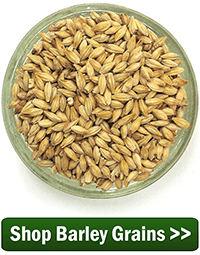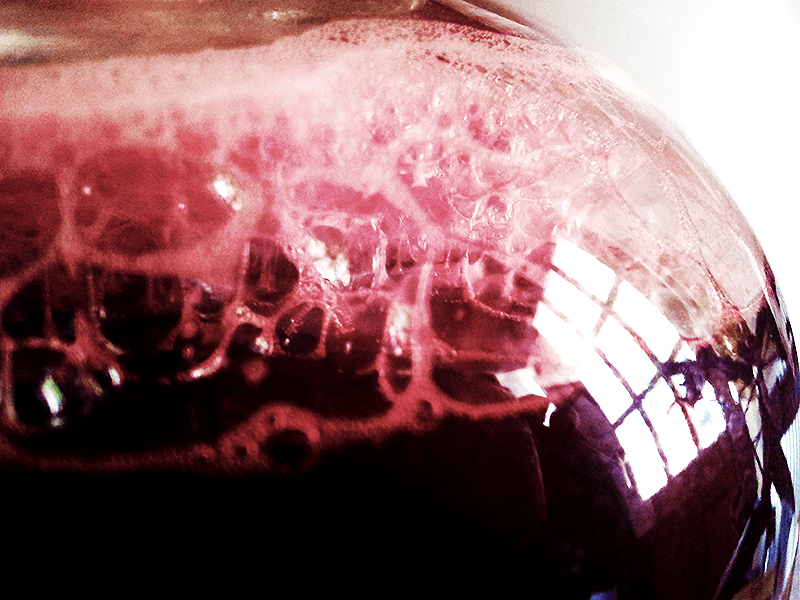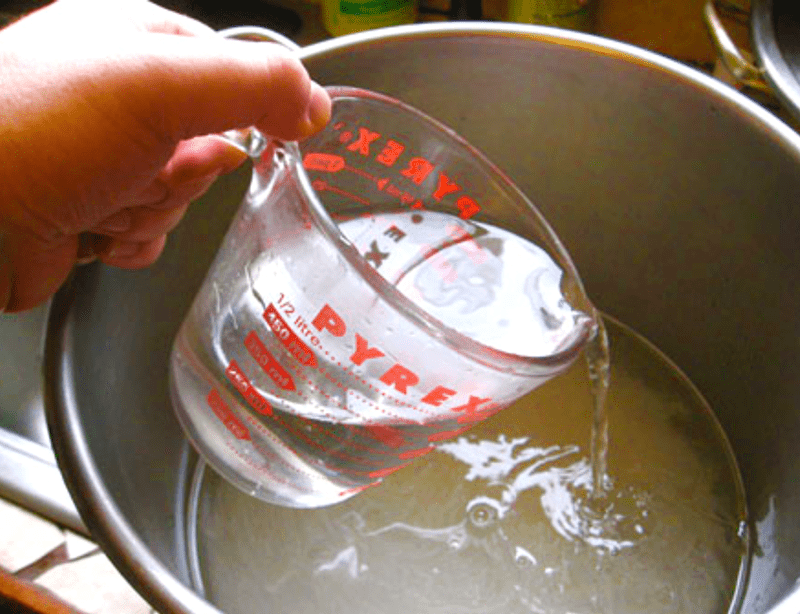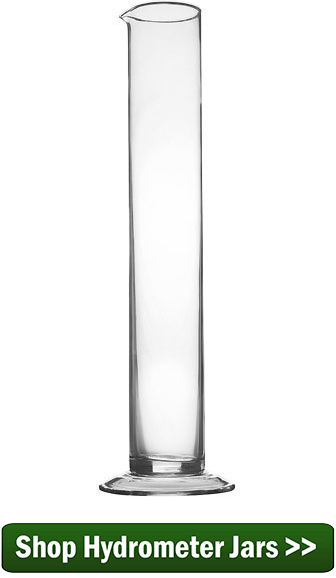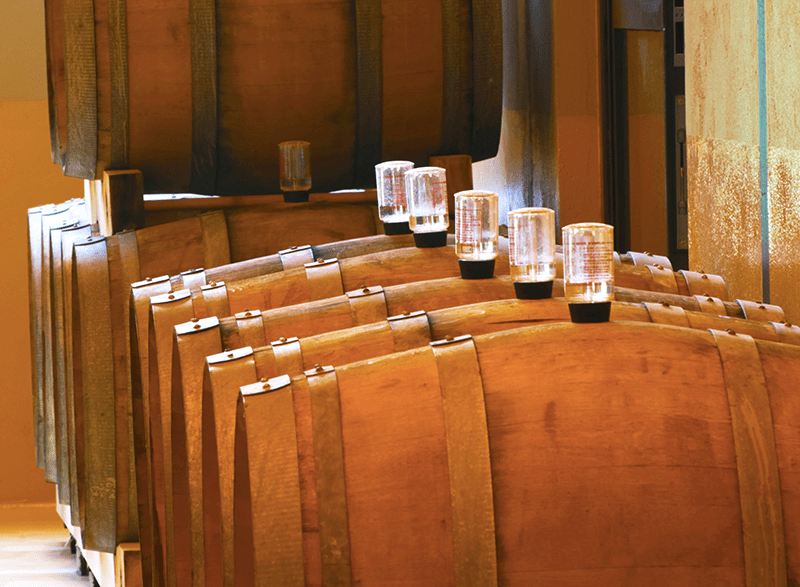 My Cabernet Franc and Carmenere, made from juice, both need to have their acid levels increased. Both wines went through malolactic fermentation. What type of acid is best to use? I have acid blend but it contains malic acid. Would using malic acid defeat the purpose of the malolactic fermentation in this wine?
My Cabernet Franc and Carmenere, made from juice, both need to have their acid levels increased. Both wines went through malolactic fermentation. What type of acid is best to use? I have acid blend but it contains malic acid. Would using malic acid defeat the purpose of the malolactic fermentation in this wine?
Name: Dennis D.
State: Ohio
—–
Hello Dennis,
There are three main reasons for wanting a malolactic fermentation in wine (MLF):
- To Make The Wine Stable: If the wine is induced into an MLF before bottling, you don’t have to worry about an MLF occurring in the wine bottles, spontaneously. Having a malolactic fermentation in the wine, naturally, while it’s in the wine bottle would be the last thing you’d want.
- To Lower The Acid Of The Wine: If the wine’s acidity is too high and the wine is tasting too sharp or too tart, then a malolactic fermentation can very possibly improve the wine by lowing its acidity level.
- To Change The Flavor: A malolactic fermentation in wine lowers the malic acid content and raises the lactic acid content. The net result is a lowering of the wine’s overall acid level, but also, because of the exchange of malic to lactic acid, the wine takes on a different flavor character. The wine will tend to be less fruity and more earthy. This may, or may not, be an improvement depending on the wine and your personal taste preference.
If your malolactic fermentation caused the wine to be too low in acid, I am going to assume that you did not put the wine through the MLF to lower its acidity level, but rather, you did it to either make the wine more stable or to change its flavor profile.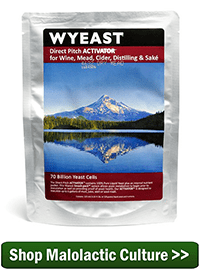
With that said, if you add malic acid back to the wine you are increasing its potential to become unstable again, especially sense, I assume, you put a malolactic culture in the wine to initiate the MLF. The malolactic culture is a bacteria that consumes malic acid. If you add more malic acid to raise the acidity of the wine, you could be feeding a renewed MLF.
This is why it is very important that the wine be treated with sulfites, such as sodium metabisulfite. This is needed to destroy the bacteria culture, or your MLF will very likely start back up again–fueled by the new malic acid.
If you put the wine through a malolactic fermentation for reasons of flavor, then again, adding malic acid is going to be counterproductive. The harsher malic acid was fermented into half carbon dioxide gas and half lactic acid. The lactic acid is not as harsh as malic. So if you replace your acid deficiency with malic acid you are going to go backwards.
There are some other things that go on with a malolactic fermentation in wine. It’s not just an exchange of acid that’s altering the wine’s character. One major example, is the production of diacetyl. This is a substance that causes the wine to have a buttery flavor and aroma and can give the wine a more creamy texture. These effects are there to stay regardless if you add back malic acid or not. So there could be an argument for using malic acid to raise the acid level if all you where looking for was the diacetyl effect on the wine.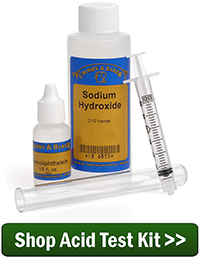
After going through all of this, I think it starts to becomes clear that, for the most part, adding malic acid back to a wine that just went through a malolactic fermentation, does not make too much sense. You are better off using a blend of tartaric acid and citric acid, instead. I would suggest 2 parts citric acid and 1 part tartaric acid.
If you would like to read more about using a malolactic fermentation in wine—why they are used, how they affect a wine—you might want to take a look at: Malolactic Fermentation: Is It Right For You And Your Wines?
Happy Winemaking,
Ed Kraus
—–
Ed Kraus is a 3rd generation home brewer/winemaker and has been an owner of E. C. Kraus since 1999. He has been helping individuals make better wine and beer for over 25 years.




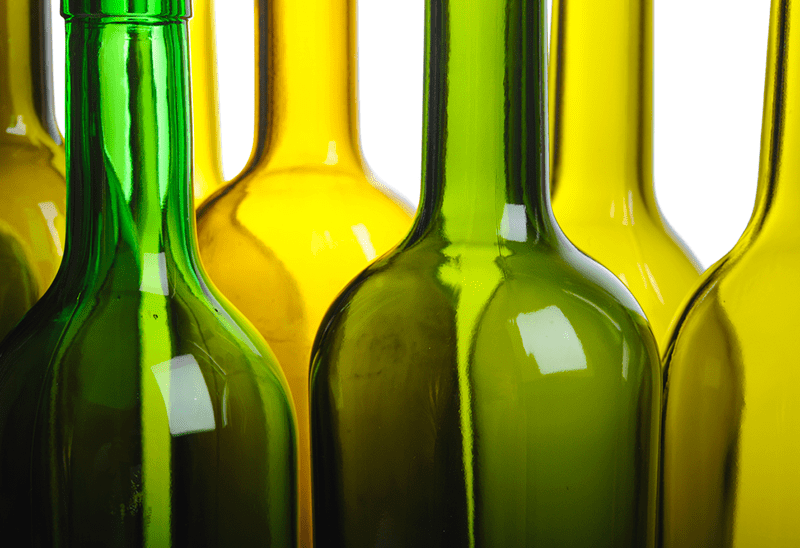
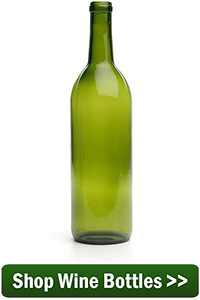
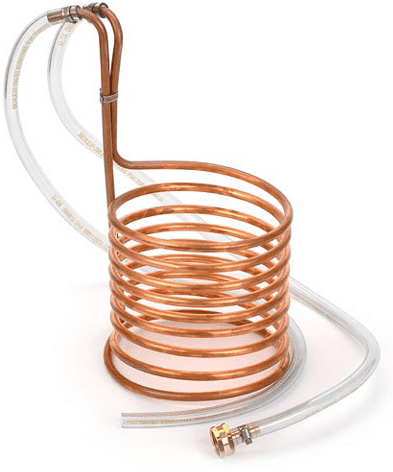

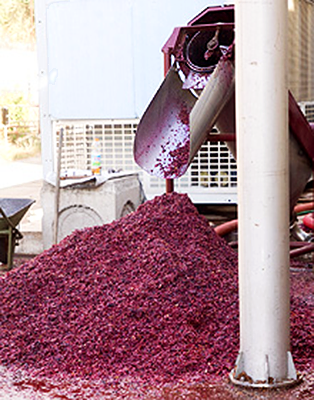
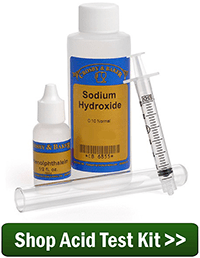
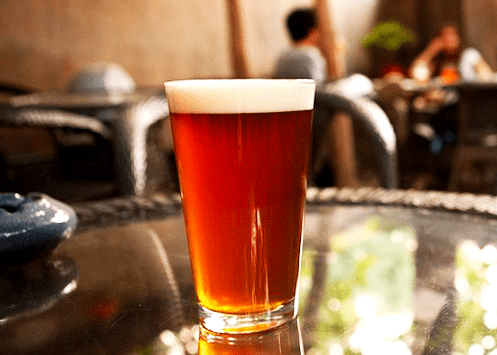 Sometimes a beer recipe can be better than the sum of its parts. This week’s amber rye ale beer recipe is a mash-up of two excellent beer styles that are great for fall brewing: amber ale and rye ale. The amber ale brings a malty flavor, medium to medium-full body, and a rich amber color, while the rye brings a distinctive spicy grain note. The hop flavor on this beer is noticeable with a spicy hop character, but the bitterness is balanced at just over 30 IBUs. It’s an American-style ale of moderate gravity that should make a balanced beer to enjoy throughout the fall season.
Sometimes a beer recipe can be better than the sum of its parts. This week’s amber rye ale beer recipe is a mash-up of two excellent beer styles that are great for fall brewing: amber ale and rye ale. The amber ale brings a malty flavor, medium to medium-full body, and a rich amber color, while the rye brings a distinctive spicy grain note. The hop flavor on this beer is noticeable with a spicy hop character, but the bitterness is balanced at just over 30 IBUs. It’s an American-style ale of moderate gravity that should make a balanced beer to enjoy throughout the fall season.